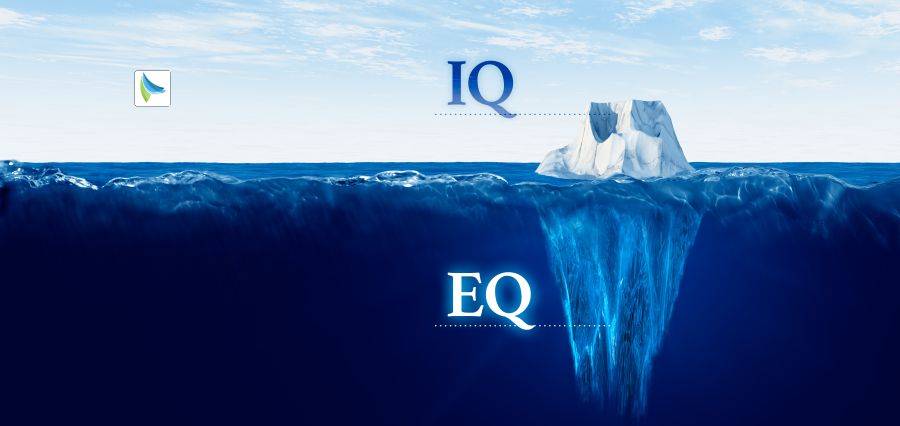It is in the year 2025 that the world of animation is being revolutionized by a trend that’s all-encompassing. Something that was previously a niche market that was being aimed at kids’ entertainment has now turned into a mass cultural and financial giant. With the insatiable appetite for content from streaming platforms, the application of AI technology at the production level, and worldwide audiences looking for true stories, never has there been a better time to be an animation businessman.
But even great ideas require fuel and in today’s competitive marketplace, venture capital is most frequently that fuel.
The New Wave of Investor Interest
Venture capital investors are casting aside the generic tech startup and looking to the arts. Animation, with its peculiar mix of scalability, brandability, and worldwide reach, has been especially appealing. Investors no longer simply seek applications and algorithms now they’re salivating over the next cultural phenomenon, the next iconic character, the next multimedia franchise.
However, securing VC funding as an animation entrepreneur comes with its own set of challenges. You’re not just pitching a project; you’re selling a vision. And that means showing investors that your creative studio has both the artistic flair and the business acumen to thrive.
Laying the Groundwork for Investment
Before you ever sit across from an investor, your home has to be in order. Animation startups too frequently are characterized by imagination and not much else. But venture capitalists demand a properly formed company, well-defined leadership positions, and a clearly delineated business model.
If you’re a solo shop or a small group, you must professionalize. Investors need to see that your business can scale. And it starts with specificity—what you’re making, for whom you’re making it, and how you’re going to make money from it.
A thoughtful, deliberated plan of action conveys the message to VCs that you’re serious about the art form and the business. And this is what the modern animation entrepreneur has to become: a combination of visionary and strategist.
From Stories to Assets: The Power of IP
At the heart of all successful animation production is fantastic intellectual property. It’s fantastic characters, deep worlds, and emotional stories that people—and by consequence, financiers—fall in love with. But great imagination is not enough. It is about having control over your creations.
To have a strong IP portfolio is not to sell one invention but to sell an environment of possibility: merchandise, spin-offs, games, theme park potential. That scale factor is what turns a good concept into a fantastic investment.
Simple and straightforward, the modern animation businessperson needs to be Disney thinking in its very beginning stages—horizon-orientated, not solely first release-orientated.
Metrics Matter, Even in a Creative Industry
It’s a hard truth, but one worth embracing: creativity alone doesn’t close funding rounds. Investors speak in data, and to be taken seriously, you’ll need to translate your passion into numbers. That means audience engagement stats, market size research, competitor analysis, and financial projections.
Testing on YouTube, Instagram, or TikTok can provide early evidence of concept. Dabbling online success is still evidence of interest and traction. Crowdfunding can be evidence of public support in addition to a source of money.
If you are able to combine artistic skill with good analytics, then you are a rare kind of animal—a data-driven animation entrepreneur who can scale.
Surround Yourself with the Right People
No large animation studio exists in isolation. Investors invest not solely in ideas but also look at the teams that accompany them. A balanced team of creative directors, technical leads, producers, and business minds can shatter or forge an investor’s trust in your project.
If you lack some specific skills, don’t hesitate to invest in partners or consultants to cover the gaps. Investors don’t expect you to be jack-of-all-trades. They expect you to know what you require—and do something about it.
Your skill in producing and managing a team is just as essential as your drawing or animation skills.
Go Where the Investors Are
Raising money isn’t necessarily about having a rockin’ deck, but rather about making connections. Begin to find yourself in areas where VCs will be searching. That is, industry festivals, progressive tech conferences, and startup demo days. Not whether it’s the Annecy Festival, SXSW, or Tuesday investor networking evenings—being present is essential.
Online, vehicles like LinkedIn become more valuable. Share your tale, open up your behind-the-scenes operations, and display the “why” of what you’re doing. Venture capitalists will frequently seek out start-ups online before ever meeting with the founders.
Being an out-in-front brand turns you into a serious, dedicated business owner. And visibility creates possibility.
Crafting the Perfect Pitch
When pitch time comes: Don’t forget that VCs are investing in vision—yes, vision—not just content. Your passion should also shine through in your pitch, but be able to show how your work intersects with trends, fills a gap in the market, or is for an underserved audience.
Why is your animation special? Why now? And how does your company get to profitability at scale?
Bring emotion, but bring logic too. A compelling story, when combined with a clear strategy, is often what gets the deal done.
The Future Is Yours to Animate
In 2025, the role of the animation entrepreneur has evolved. You’re not just a creator—you’re a founder. A leader. A brand-builder. Venture capital is within reach, but it demands preparation, clarity, and a willingness to grow beyond the drawing board.
Read Also: From Invention to Industry: The Future of Scientific Innovation Trends











